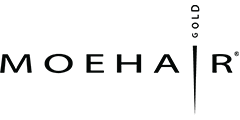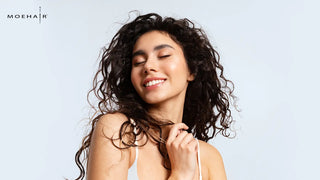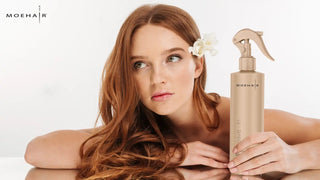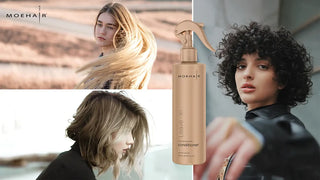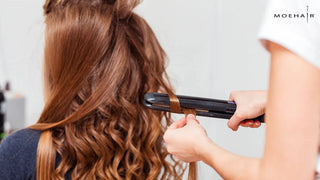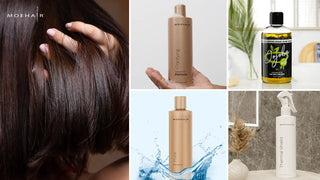 Table of contents
Table of contents
Bouncy, soft, or tight curls make heads turn, but caring for curly hair demands some work. As much as the locks exude enviable charm, managing the curls can be exhausting. The struggle is real in maintaining the coils. Not all curls are identical, and a curly hair chart simplifies decoding of the types.
Curly types chart – Know different types of curls
From loose beach waves to tight coils to afro curls, each type needs different care and maintenance. Understanding the texture makes it slightly easier. As celebrity hairstylist Vernon Francois told Allure, “The shape of the follicle determines the curl type that your hair grows out of from your scalp.” Flatter or oval-shaped follicles result in curly hair, whereas circular follicles support straighter hair.
Let’s decode the types of curls and how each texture differs from one another. The hair types are classified into four categories—1, 2, 3, and 4. Further, each is sub-categorized into A, B, and C, where A is loose, B is medium, and C is tight.
Here is a full breakdown of the curl hair chart:
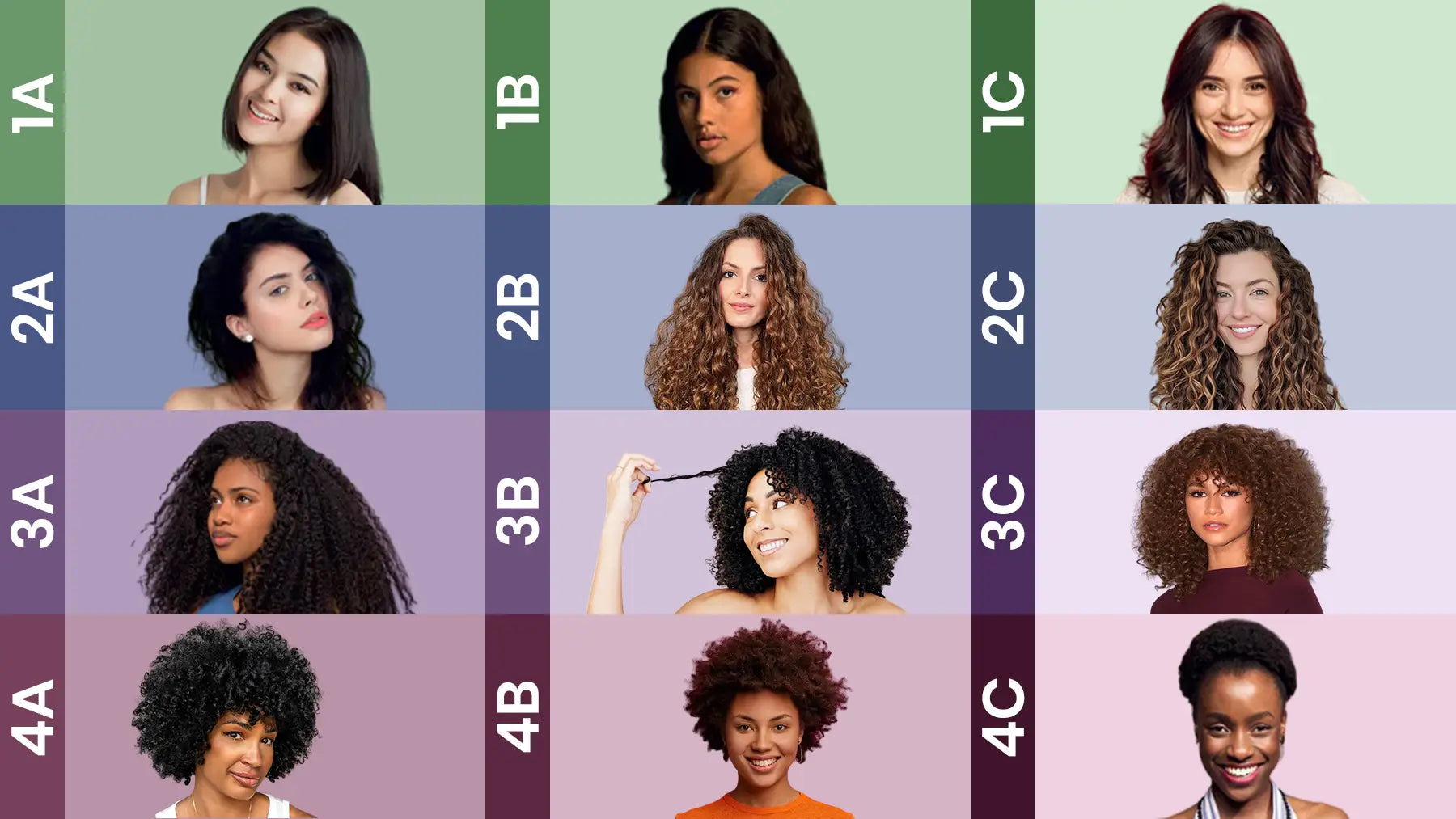
| Type 1 (Straight Hair) | ||
|---|---|---|
| 1A | Straight (Fine/Thin Hair) | This represents straight hair with a fine, thin texture, making it difficult to manage. Due to its pin-straight, delicate nature, it is poor at holding curls. |
| 1B | Straight (Medium) | It refers to straight hair but with volume and bounce. The hair type has fine strands with a few coarse ones that add to the thickness. |
| 1C | Straight (Coarse) | Type 1C is straight but coarse, making it frizz-prone. Compared to type 1B, the hair is thicker. As the hair is coarse, it lies flat at the roots, but the mid-section has a slight bend or arc. |
| Type 2 (Wavy Hair) | ||
| 2A | Wavy (Thin/Fine) | Type 2A wavy hair has a fine “S” pattern that’s easy to straighten. There is a slight wave, but the strand texture is usually thin. When comparing 1c vs. 2a hair, 1c hair is straighter and coarser, while 2a hair is fine, wavy hair. |
| 2B | Wavy (Medium) | This hair type has S-shaped waves from mid-length while lying flatter at the crown. The strand texture is also thicker than that of 2A hair. However, the hair might appear frizzy. |
| 2C | Wavy (Coarse) | The 2C hair type is wavy but coarser and thicker. It is almost curly with deep waves, making it prone to frizz. The S-waves are well-defined and begin from the roots. |
| Type 3 (Curly Hair) | ||
| 3A | Curly (Loose) | The 3A type is large, loose curls that form a definite S-pattern. The strands form well-defined loops, adding bounce. |
| 3B | Curly (Springy) | Type 3 B is ringlet-shaped, springy curls that wrap around your finger. As these are bouncy, they also appear voluminous but are prone to dryness. |
| 3C | Curly (Tight, corkscrew) | These tight and stiff curls, like corkscrews, make the hair fluffy. This curly hair type has tight coils with densely packed strands, creating a bouncy look. It usually has low porosity. |
| Type 4 (Coiled) | ||
| 4A | Coily (Dense, Springy) | 4A hair type is loosely-packed, springy coils which is much easier to handle and manage than 4B and 4C hair type. |
| 4B | Coily (Zigzag) | These are densely packed and tighter curls that give out a zigzag pattern. Because they are tightly packed, they appear fluffy, and their texture ranges from fine and thin to wiry and coarse. |
| 4C | Coily (Super-tight, zigzag) | The 4C types of coils have a super-tight zigzag pattern. As a result, they experience almost 75% shrinkage, making them dense. |
Taking care of different types of curls
Now that we know that different curl levels and textures exist, customizing the haircare routine is crucial. Here’s how to care for curls, depending on the texture and requirement.Type 2 – Caring for Wavy Hair
The type 2 hair is wavy with S-pattern, ranging from soft to coarse waves. Wavy hair is prone to frizz, which results in dryness and breakage. For type 2A hair, it is recommended to use a lightweight mousse or styling foam to make hair look fuller. Type 2B hair is flat and almost has no bounce. Lightweight cream or mousse is recommended while styling to achieve softer, uniform beach waves. As type 2C waves are coarse and thick, it is recommended to use a leave-in conditioner to lock in hydration and accentuate the wave pattern.
Type 3 – Caring for Curly Hair
The curly types chart indicates that the hair type falls between wavy and coiled Afro-type hair. It ranges from loose coils to tight, corkscrew types of springy curls. To keep the curls intact, it is recommended to tame them with the help of curl-defining cream. For all kinds of type 3 curls, it is best to use a hydrating deep conditioning mask at least once a week. Use curl-defining gels for type 3B hair to get voluminous springy ringlets. As type 3C curls have tight corkscrewed texture, using a mousse and styling cream helps better styling. Also, co-washing curly hair helps with better pattern definition.
Type 4 – Caring for Coily Hair
Also known as Afro-textured hair, this type is usually dry and spongy with low porosity. To thoroughly hydrate it, use a moisturizing and hydrating hair mask formulated for coiled hair. Add a leave-in conditioner spray and curl-defining cream for all types to add fluff. Use heavy-textured products enriched with ingredients like shea moisture or castor to reduce dryness.
Curly Girl Method (CGM) - Steps to Tame and Define the Curls
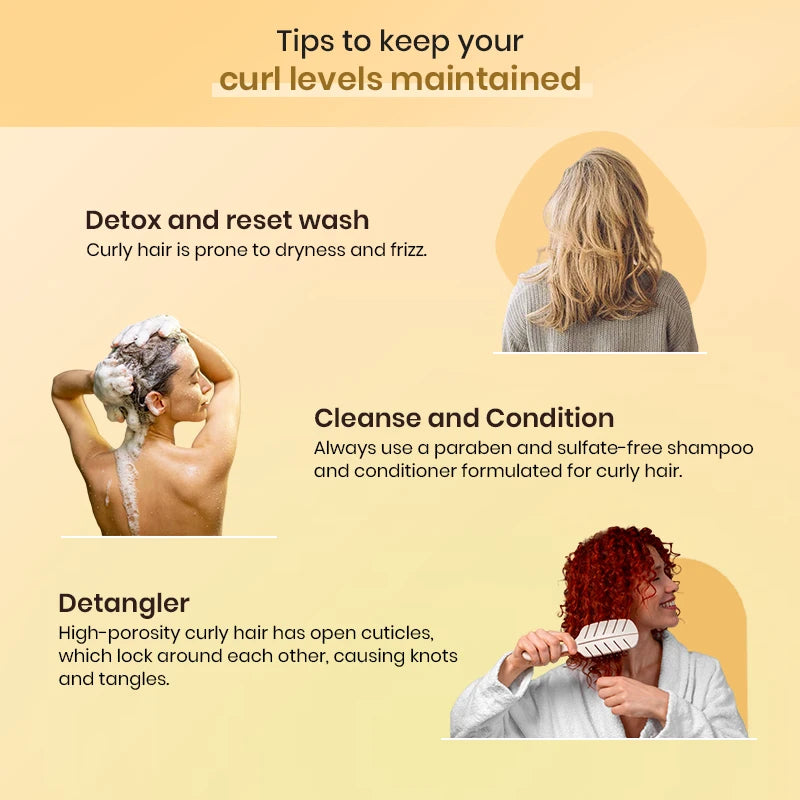
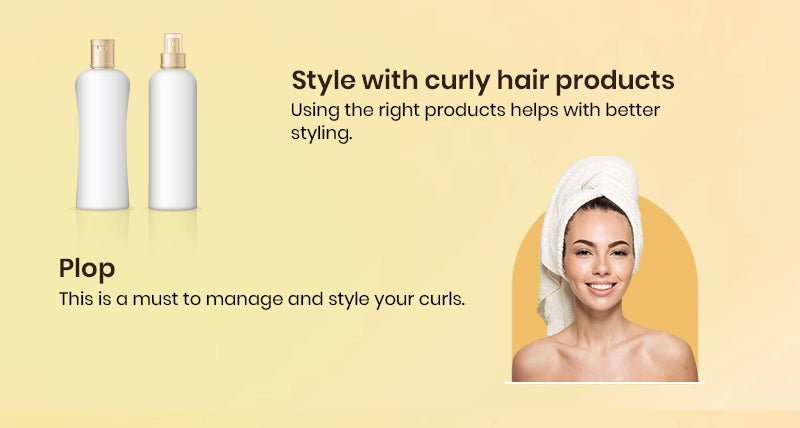
CGM (Curly Girl Method) was introduced by Lorraine Massey, an advocate for embracing and accentuating natural curls and improving overall styling. As per the curly hair chart, types 2, 3, and 4 fall under the curl care category – especially the type 3 and type 4. Managing curly hair comes with challenges, but here’s the best curly-head-approved method that works. Let’s jump right in:
Detox and reset wash
Curly hair is prone to dryness and frizz. Due to its texture, it tends to trap more dust and grime. Plus, heavy-textured styling products further cause scalp buildup. It is recommended to detox and reset the scalp with a clarifying shampoo or an exfoliating cleanser, preferably once every two weeks. We recommend trying Moehair Clarifying Shampoo for squeaky-clean curls.
Cleanse and Condition
Always use a paraben and sulfate-free shampoo and conditioner formulated for curly hair. Gentle shampoo doesn’t strip the natural oils and reduces dryness. Most curly hair types are prone to frizz and don’t retain moisture, so it is best to use a hydrating shampoo and conditioner duo. Also, deep conditioning is vital to keeping hair health intact. Opt for a deep moisturizing hair mask enriched with ingredients like avocado, shea butter, castor oil, protein, etc. We recommend trying Moehair Hair Mask for prolonged hydration.
Detangler
High-porosity curly hair has open cuticles, which lock around each other, causing knots and tangles. Combing tangled hair often leads to breakage and hair fall. The higher the curl levels, the higher the chance of knots. After gently drying your hair using a microfiber towel, use a detangling spray along the hair length to break free the knots. You can also opt for a leave-in conditioner to prolong the hydration level.
Style with curly hair products
Now that you know about the curly hair chart and how each type differs, using the right products helps with better styling. Most advocates for curly hair styling recommend curl-defining cream, curling butter, or cream-based mousse to add bounce. Add the curling cream to damp hair and scrunch upward to add definition.
Plop
This is a must to manage and style your curls. Flip your head upside down after applying the curling cream and wrap an old cotton T-shirt or soft hair towel. Flip over to “plop” your curls. Take off the towel or T-shirt after some time, and preferably use a diffuser on low heat to accentuate the curls.
Tips to keep your curl levels maintained
- Before styling your hair with heat tools, always use heat protectant spray to prevent it from frying. We recommend trying Moehair Thermal Shield (Heat Protectant Spray), which creates a barrier between hair and heat from the styling tools.
- As crucial as after-wash hair care is, so is nighttime care. Protect your delicate curls by using a satin or silk pillowcase. This prevents friction and reduces breakage.
- Do not use a regular hair brush for your curls, as it might get tangled in the dense and coarse hair. Either opt for a curl-defining brush or a wide-tooth comb for gentle detangling.
- Go for regular trims to remove split ends. Use a hair serum to ensure the hair remains frizz-free, nourished, and soft.
Maintain your curly hair effortlessly using our salon-grade hair care products. Take the Hair Quiz for personalized recommendations.
To wrap up, the curly hair chart helps easily identify the type and texture of the hair. Not all curly hair is the same, and each needs different care. Combining curl-defining cream with the scrunching and plopping method helps with gorgeous, well-defined curls.
FAQs
Q1. What is the difference between type 3 and type 4 curls?
Type-3 curls are mostly loose ringlet-type curls ranging from soft to corkscrewed pattern. On the other hand, type-4 curls are coiled, Afro-type curls that are denser and tighter with high shrinkage.
Q2. What is the CGM or Curly Girl Method?
Lorraine Massey introduced it, recommending curly hair products and styling techniques to improve overall health, reduce frizz, and accentuate curls.
Q3. Why use a satin pillowcase?
Using a satin pillowcase reduces friction and hence helps in reducing tangles and breakage.
Q4. What does a curly hair chart help in understanding?
The hair chart helps one understand the hair type—straight, wavy, curly, and coiled—and the texture within each type.
Q5. Is it necessary to detox or use a clarifying shampoo?
You should use a detox or clarifying shampoo once or twice a month to slough off dead cells, eliminate buildup, and remove dirt, dust, and grime.
References
https://www.allure.com/gallery/curl-hair-type-guidehttps://www.curlyworld.com/ourfounder
How we reviewed this article:
Our experts continually monitor the fashion and beauty space, and we update our articles when new information becomes available.
-
Current Version
-
April 5, 2024
Written By -
Upasana Kakati is a lifestyle writer with 7+ years of experience in writing in the beauty and haircare industry.
Edited By -
Saima Ahmed with 8+ yrs of experience, specializes in crafting engaging content focused on Hair care, lifestyle, and beauty.
